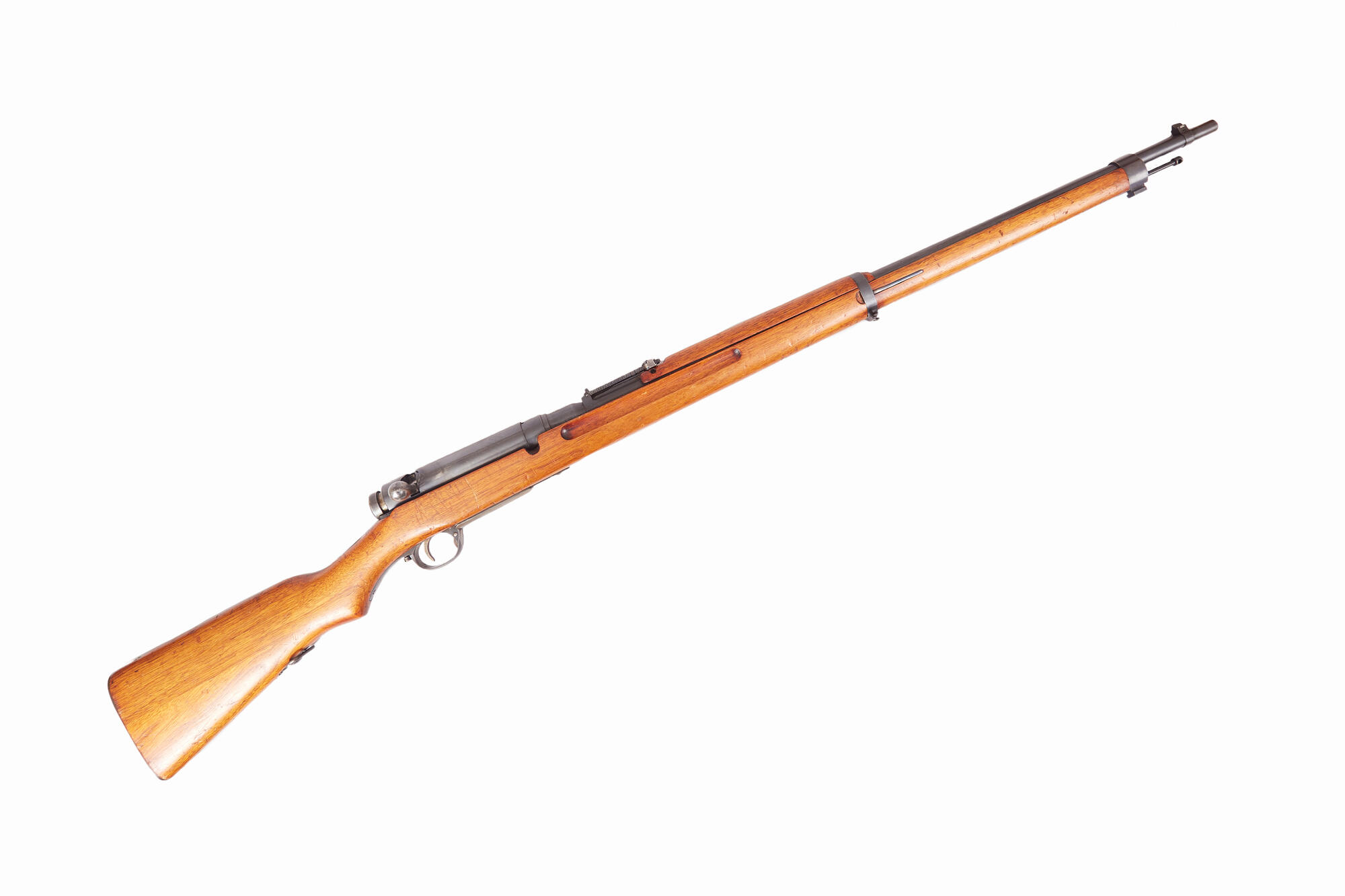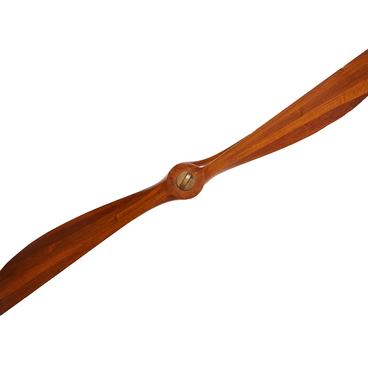During World War I, it was crucial to supply the army with a sufficient number of firearms. Interestingly, the Russian soldiers, along with the Mosin rifles, carried Japanese Arisaka rifles. Less than ten years had passed since the end of the Russo-Japanese War, where the Russian Empire and Japan were adversaries, when on August 23, 1914, Japan declared war on Germany with an imperial manifesto and became an ally of the Entente.
A military commission headed by Major-General Eduard Karlovich Hermonius left for Japan on August 24, 1914 in order to purchase a stock of three-line Mosin rifles, captured by the Japanese army during the Russo-Japanese War. The Japanese authorities reported that the captured rifles had been disposed of, and offered to purchase 35,000 Arisaka rifles and carbines and over 20 million cartridges for them. In view of the urgent need to replenish the stock of firearms, the deal was concluded, and the Russian side paid Japan 200,000 pounds sterling.
The Arisaka 1905 model, or, as it was called in Japan, “Type 38”, was developed by the Japanese designer Kijiro Nambu. Nambu modified previous models and reduced the number of parts in the design from nine to six. As a result, the change increased reliability, reduced disassembly time and cheapened production.
The rifle features a convenient and ergonomic safety knob that one has simply to push forward. The receiver in the new design has a steel cover for the entire length of the bolt, which slides together with the bolt. Such a mechanism protected the bolt from clogging and dirt, giving an additional advantage in combat conditions. The rifle used a 6.5×50 mm cartridge, which was not produced in Russia. Hence, there was a constant need to purchase this ammunition.
Initially, it was planned to arm the State Militia
squads and other units with Arisaka rifles in order to increase the number of
available three-liner rifles that the front needed. But the lack of weapons
forced the command to arm front-line soldiers with the Japanese rifles — mainly
the troops of the Northern Front and two divisions of the Southwestern Front.
Units armed with Arisaka rifles were nicknamed “Japanese divisions” by the
soldiers.




